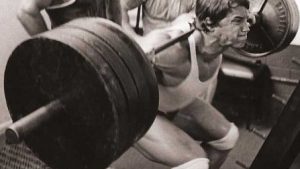The squat is widely used as a staple exercise by Strength and Conditioning professionals to increase an athlete’s performance. However controversy exists as to optimal squat depth, both in terms of safety and muscular activity. Research has shown that there is no correlation between deep squatting and injury risk, in fact there is some evidence that those who perform deep squats have increased stability of the knee joint. Full squats (hip below the knee) also significantly increase Gluteus Maximus activation. Since the hamstrings function as both knee flexors and hip extensors muscle length remains fairly constant throughout the movement, therefore an appropriate exercise such as a straight leg deadlift should be done to activate the hamstrings.
Below are the 2 most common things I see n gyms or have / do experience with clients
Back angle :
Many people complain of lower back pain after they perform back squats due to excessive forward lean and/or rounding of the lower back. To reduce injury risk, widen the stance, open the toes and/or raise the heels. Increasing lateral hamstring flexibility will reduce the lower back rounding. Alternatively front squats can be performed, and with less stress placed on the lower back they are safer.
Valgus knee :
Knee valgus is a very common occurrence in the weight room during lower body exercises, it occurs when the knees collapse inwards during an exercise. This is well known in the fitness industry as a risk factor for lower extremity injury, the most common being ACL damage. Women are more prone to exhibit knee valgus because of the Q angle due to their proportionately wider hips in relationship to the knee. Limited mobility in the ankles can be a factor and to reduce the risk of injury athletes can use Olympic lifting shoes or raise the heels slightly until they can squat normally. People who display knee valgus should work on developing ankle dorsiflexion (toes up) range of movement (ROM) using foam rolling, calf stretches and ankle mobility drills. Ensure you Squat with the knees in line with the toes at all times to reduce injury risk.

